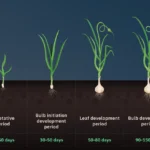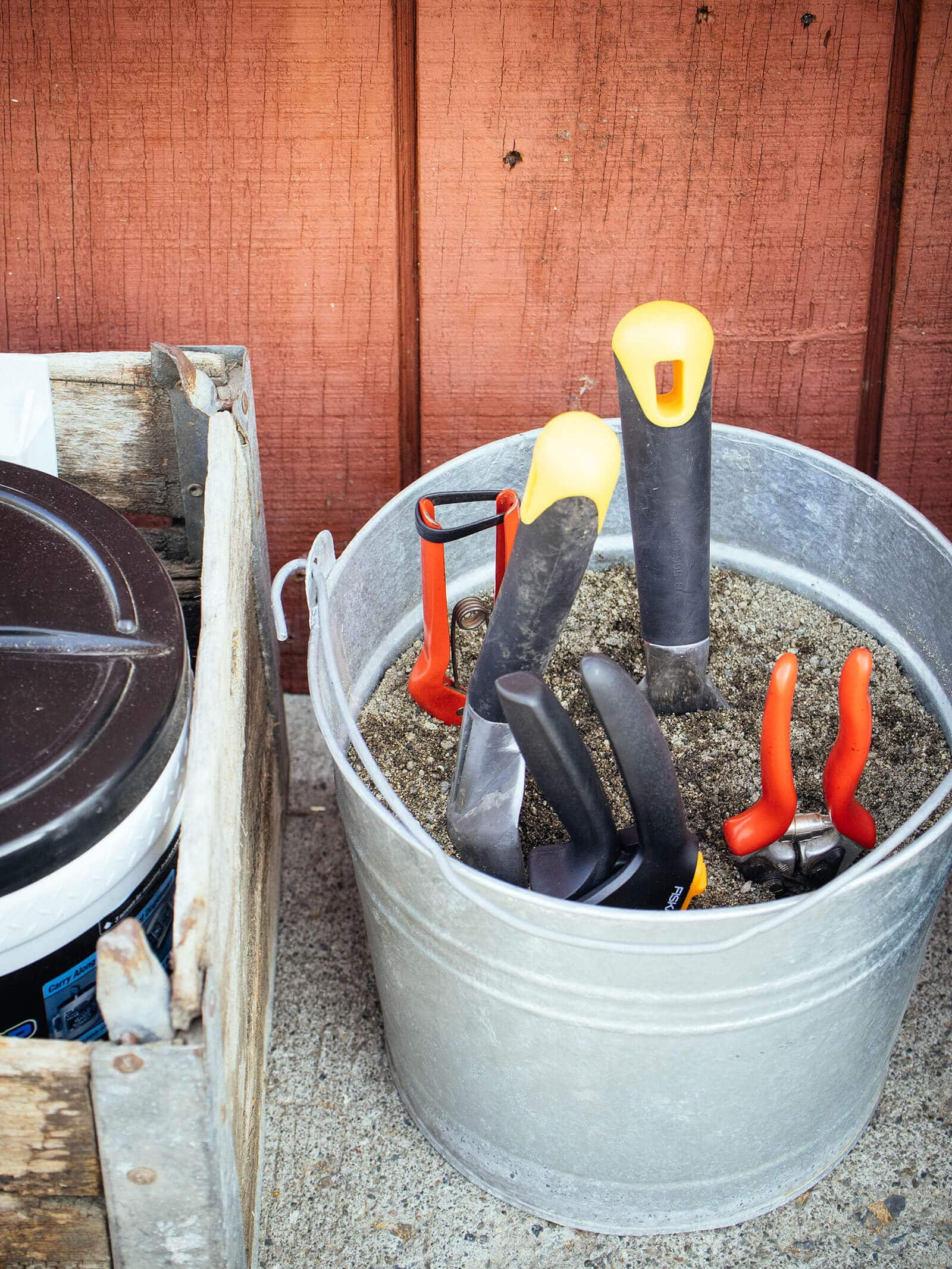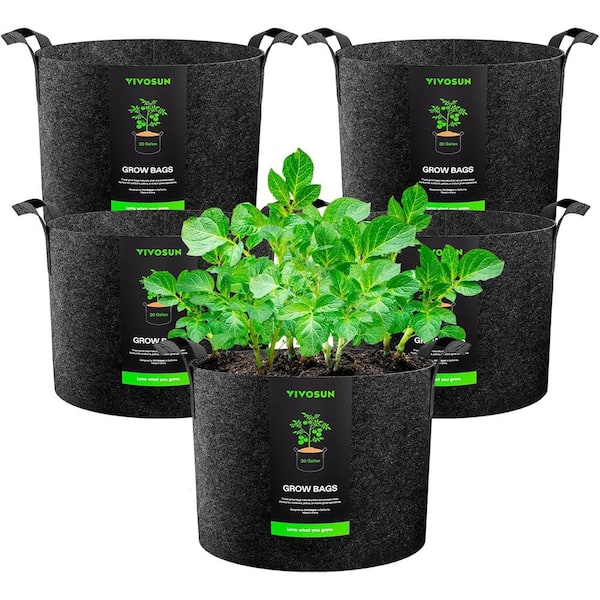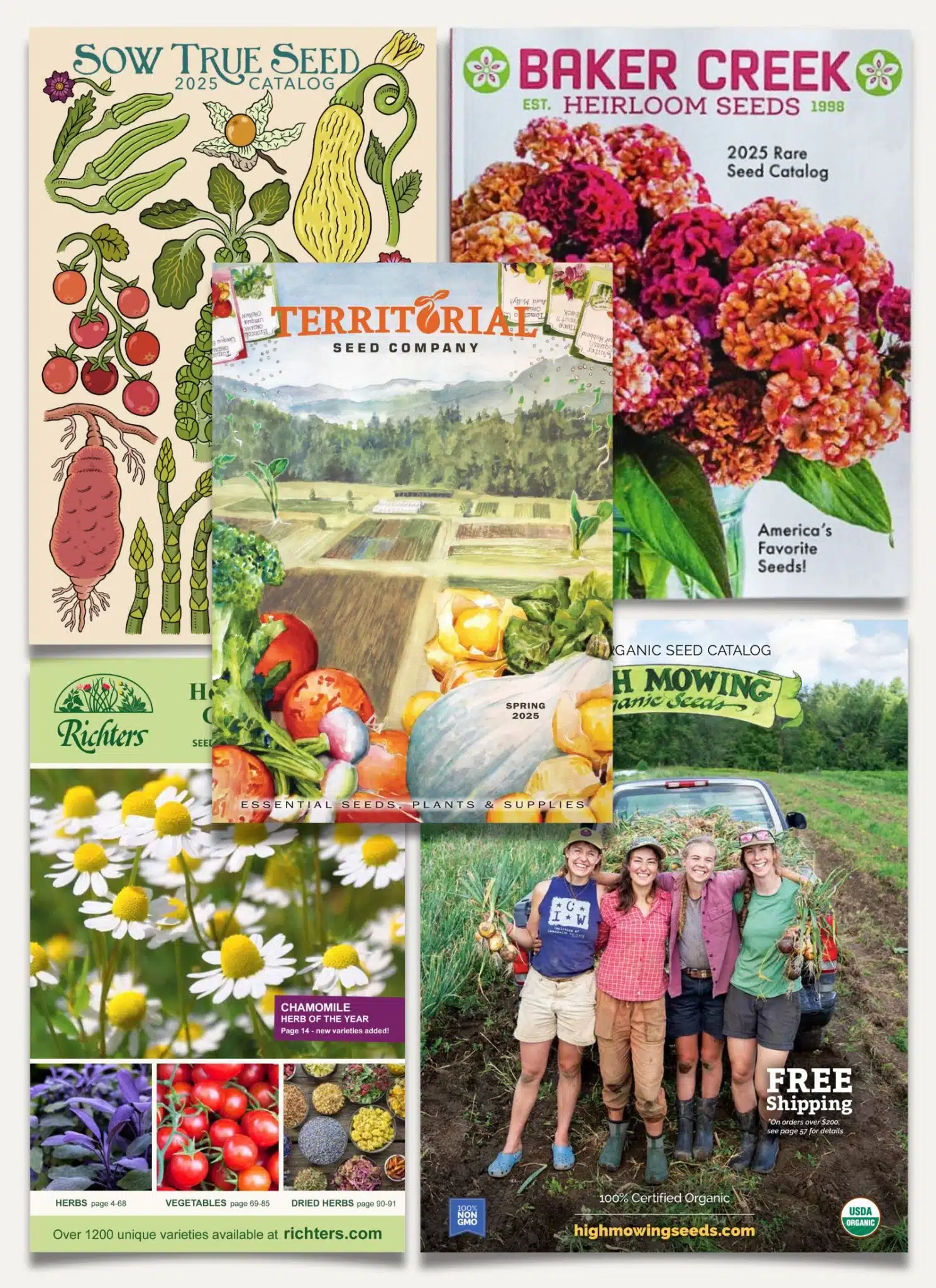As the leaves start to turn and the air becomes crisp, it’s time to think about your spring garden. While many associate spring with planting, fall is actually a critical time for setting the stage for a vibrant display of colors once winter thaws. The autumn months offer the perfect conditions for a variety of plants to establish strong roots and thrive once warmer temperatures return.
What flowers to plant in the fall for spring?
Fall is the prime time to plant a multitude of spring-blooming bulbs that will burst into life when spring arrives. Think of bulbs like daffodils, tulips, and hyacinths, which all require a period of cooler temperatures to trigger their growth cycle come spring. These bulbs should be planted before the ground freezes to ensure they have enough time to establish roots.
Another set of flowers ideal for fall planting include biennials and perennials such as foxgloves and hollyhocks. They’ll spend the winter establishing roots and then provide spring and summer blooms.
- Daffodils – known for their bright yellow blooms and hardiness.
- Tulips – with a diverse color palette, they can create a stunning spring display.
- Hyacinths – highly fragrant flowers that signal the start of spring.
What to plant in the fall for spring?
When considering what to plant in fall for a beautiful spring color, don’t overlook perennials. Plants like Coral Bells, Coneflower, and Russian Sage can be planted in the fall because they prefer cooler weather to establish their root systems without the stress of heat.
Planting trees and shrubs in fall ensures vibrant colors in spring, as well. The fall moisture helps these larger plants to establish roots and recover from transplanting before the summer heat.
Incorporating hardy pansies and violas can add a splash of color even in winter, as they can survive frost and snow, blooming again in spring.
Flowers to plant in fall and winter
For a winter garden that transitions beautifully into spring, consider planting cold-hardy annuals and biennials. These can survive the drop in temperatures and provide early spring color. Flowers like pansies, sweet William, and snapdragons are excellent choices.
Adding a layer of mulch after planting can help protect these blooms from the coldest temperatures, providing insulation and preserving moisture in the soil.
Perennials to plant in fall for spring
When it comes to perennials to plant in fall for spring, consider favorites like Peonies, Shasta Daisies, and Black-Eyed Susans. These sturdy plants will come back year after year with minimal maintenance, making them a smart investment for your garden.
Remember to plant these perennials before the first hard freeze to allow them time to establish roots. This gives them the best chance to survive the winter and bloom beautifully in spring.
What perennials to plant in the fall?
Other perennials to consider include hostas, daylilies, and asters. These plants are known for their resilience and can provide varying heights and textures for your garden.
When planting perennials in the fall, consider their sunlight and watering needs, ensuring you plant them in an appropriate spot where they can thrive come spring.
Vegetables to plant in fall for spring harvest
Fall isn’t just for flowers; it’s also a great time to plant certain vegetables. Cool-season crops like garlic, onions, and spinach can be planted in the fall for a spring harvest.
Some leafy greens and root vegetables can also survive the winter with protection, providing an early crop as the seasons change.
Flower seeds to plant in fall for spring
Directly sowing flower seeds in fall can result in early spring blooms. Wildflowers, in particular, benefit from autumn planting benefits as the process mimics natural seeding, which can lead to a robust spring bloom.
Consider a mix of wildflower seeds that are native to your area for the best results. These plants are adapted to your local climate and soil conditions, making them more likely to thrive.
Frequently Asked Questions About Planting for Spring Color
What plants can I plant in the fall for spring?
You can plant a variety of bulbs, perennials, and even some trees and shrubs in the fall for spring color. Bulbs like tulips and daffodils are classics, while perennials such as cone flowers and coral bells provide lasting beauty.
Autumn planting is also ideal for wildflower seeds, which will bloom in early spring and continue to provide color throughout the season.
What to plant now for spring color?
To ensure your garden is full of color come spring, plant bulbs like hyacinths and crocuses now. Also, consider adding some early-blooming perennials and biennials, as well as flowering trees and shrubs like forsythia and magnolias.
Do not forget to include cool-season annuals that can survive the winter chill and provide early blooms.
What is the rule of 3 in gardening?
The rule of 3 in gardening suggests planting in groups of three for visual interest and balance. This can apply to both flowers and shrubs, creating a more natural and cohesive look in the garden.
Planting in odd numbers is generally pleasing to the eye, and groups of three are small enough to manage but large enough to make an impact.
What to plant in fall for spring cut flowers?
For a spring garden that doubles as a source for cut flowers, plant bulbs like tulips and daffodils, which are classic and long-lasting in arrangements. Perennials such as peonies and irises also make excellent cut flowers and can be planted in the fall.
Adding flowering shrubs such as lilacs to your fall planting list can provide not only color but also fragrance to your spring bouquets.
As we discuss the vibrant colors of spring, let’s take a moment to enjoy a helpful video on fall planting:
By following these guidelines, you will ensure your garden is well-prepared for a stunning display of colors in the spring. Happy planting!







